Not only does it aim to shorten the development gap and improve the lives of ethnic minorities, the Program also plays an important role in exploiting the potential and promoting the internal strength of ethnic minority and mountainous regions - an indispensable link in the strategy of rapid and sustainable growth, aiming for double-digit growth of the economy in the coming time.
After nearly 5 years of implementing phase I (2021–2025), the Program has recorded many positive results, creating an important premise for a breakthrough in phase II (2026–2030).
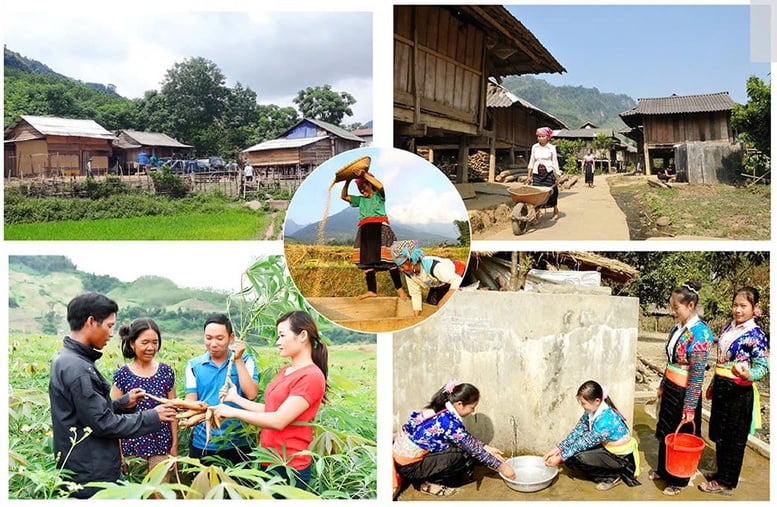
The program marked impressive numbers with more than 42,500 households receiving housing support, over 10,500 households having residential land, 13,387 households being granted production land, and 18,145 households receiving loans to change their jobs.
6 target groups achieved and exceeded the plan
According to the summary report of the Central Steering Committee for National Target Programs, out of the 9 target groups set for the 2021-2025 period, 6 groups completed and exceeded the plan.
The most prominent is the poverty reduction target - the core of the Program. The poverty rate in ethnic minority areas decreased by an average of 3.4%/year, exceeding the set target (3%). The average income of ethnic minorities by the end of 2025 is expected to reach 45.9 million VND/person/year, 3.3 times higher than in 2020.
The quality of human resources has improved significantly: 57.8% of ethnic minority workers of working age have received appropriate vocational training (exceeding the target of 50%). At the same time, many traditional cultural values have been preserved; epidemics have been gradually controlled in remote areas.
The program also recorded impressive figures with more than 42,500 households receiving housing support, over 10,500 households having residential land, and 13,387 households being granted land for production. 18,145 households borrowed capital to change their occupations. 1.47 million hectares of forest were contracted for protection, creating livelihoods for 323,000 households. Nearly 2,500 community production models and 403 value chain linkage projects were implemented. More than 6,000 rural traffic works, hundreds of electricity works and nearly 1,800 community activity houses were invested in new construction and upgrading.
In the field ofeducation and training, more than 1,000 educational establishments were supported with equipment, 4,700 literacy classes were opened, 115,000 people learned vocational skills, and nearly 38,000 workers were consulted and sent to work abroad.
Regarding culture and health , many traditional values are preserved; 52 district health centers and 471 commune health stations are upgraded, trained, and transferred modern techniques.
3 target groups still have many challenges
Despite many outstanding results, there are still 3 groups of targets that have not been achieved as expected, including: completing essential infrastructure; the rate of communes and villages out of the list of especially difficult areas is still low; the shortage of residential land, production land and inadequacies in the work of sedentarization and resettlement have not been thoroughly resolved.
The main reason is that these goals require large resources, a long time to implement and face many difficulties due to the characteristics of terrain, climate, farming and living habits. Some areas have difficult terrain, are often affected by natural disasters such as landslides and flash floods, causing difficulties in building infrastructure and stabilizing population.
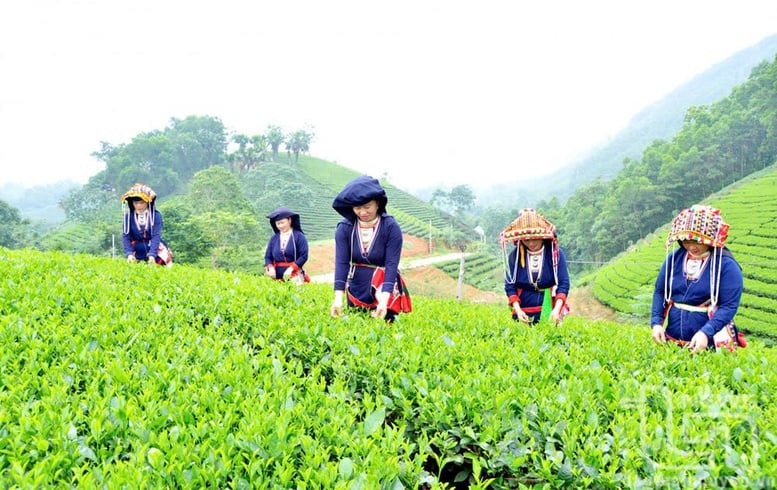
One of the five strategic pillars in phase II (2026-2030) is developing sustainable livelihoods, improving productivity, diversifying models, promoting OCOP products and value chains.
Orientation for the period 2026–2030: Acceleration – Breakthrough – Sustainability
The report also pointed out that Phase II (2026–2030) of the Program is identified as a time of acceleration and breakthrough, with specific and clear goals.
In particular, the average income of ethnic minorities strives to reach 50% of the national average; the poverty rate is reduced to below 10%; the number of communes and villages with special difficulties is basically eliminated; 70% of communes meet new rural standards. Each year, about 3% of ethnic minority workers shift to non-agricultural sectors; 40% of workers work in industry, services, and tourism; 80% of households produce agricultural and forestry products in the direction of goods. Temporary and dilapidated houses will be completely eliminated. The forest coverage rate is maintained, and ecological protection is enhanced. 85% of communes and villages have essential infrastructure; at the same time, illegal migration is stopped, and all households living scattered in special-use forests and dangerous areas are relocated.
To achieve the goal, the Program will be implemented synchronously according to 5 strategic pillars: First , develop synchronous infrastructure, prioritize transportation, electricity, clean water, health, education, tourism infrastructure, associated with national defense - security. Second , develop sustainable livelihoods, improve productivity, diversify models, promote OCOP products and value chains. Third , improve the quality of human resources, promote education and vocational training; focus on ethnic minority cadres, especially women and youth. Fourth , support ethnic minorities with very few people; implement specific policies to narrow the development gap. Fifth , communicate, monitor and digitalize, increase transparency, management efficiency, apply technology in implementation.
Perfecting policy – Ready for the new phase
According to Deputy Minister of Ethnic Minorities and Religions Y Vinh Tor, in the coming time, the Ministry will focus on completing, amending and supplementing documents guiding the implementation of the National Target Program on Ethnic Minorities and Mountainous Areas in accordance with the direction in Decision No. 920/QD-TTg dated May 14, 2025 of the Prime Minister.
Along with organizing a comprehensive summary of Phase I (2021-2025), the Ministry will seriously absorb the supervisory opinions of the National Assembly, voters and relevant agencies, thereby developing and proposing the contents and implementation mechanisms of the Program Phase II. It is expected that the summary report will be submitted to the National Assembly for consideration and decision at the session at the end of 2025.
Son Hao
Source: https://baochinhphu.vn/kinh-te-xa-hoi-vung-dtts-tang-toc-voi-lo-trinh-ro-rang-102250718094443556.htm


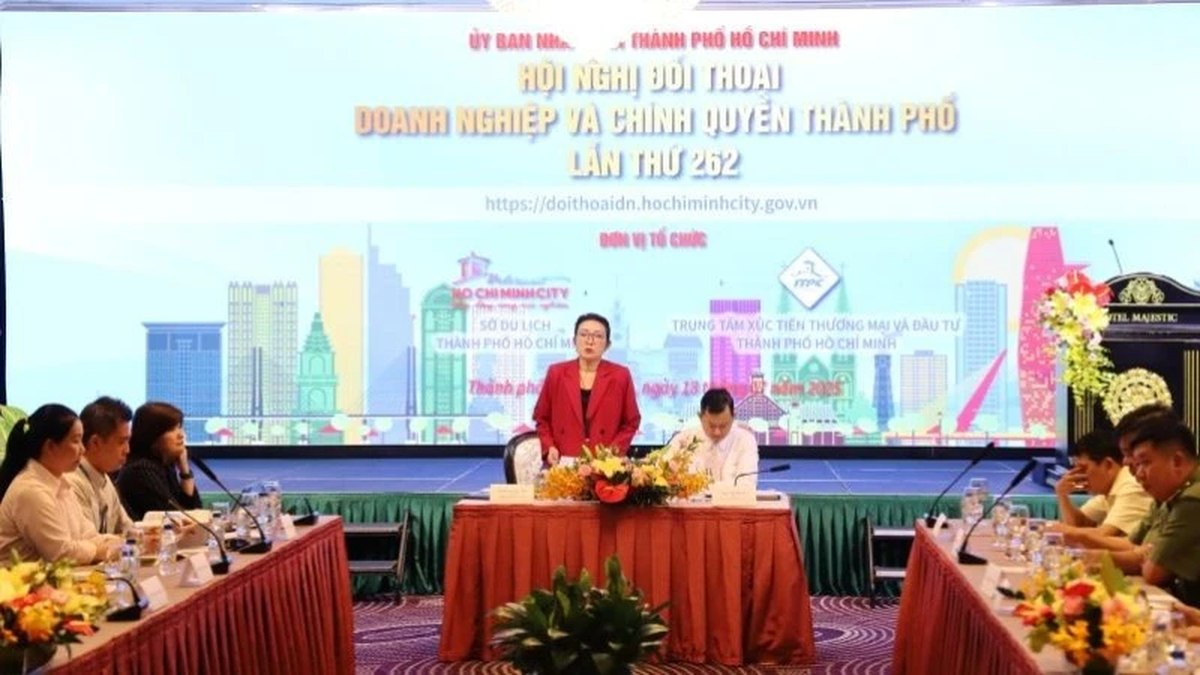

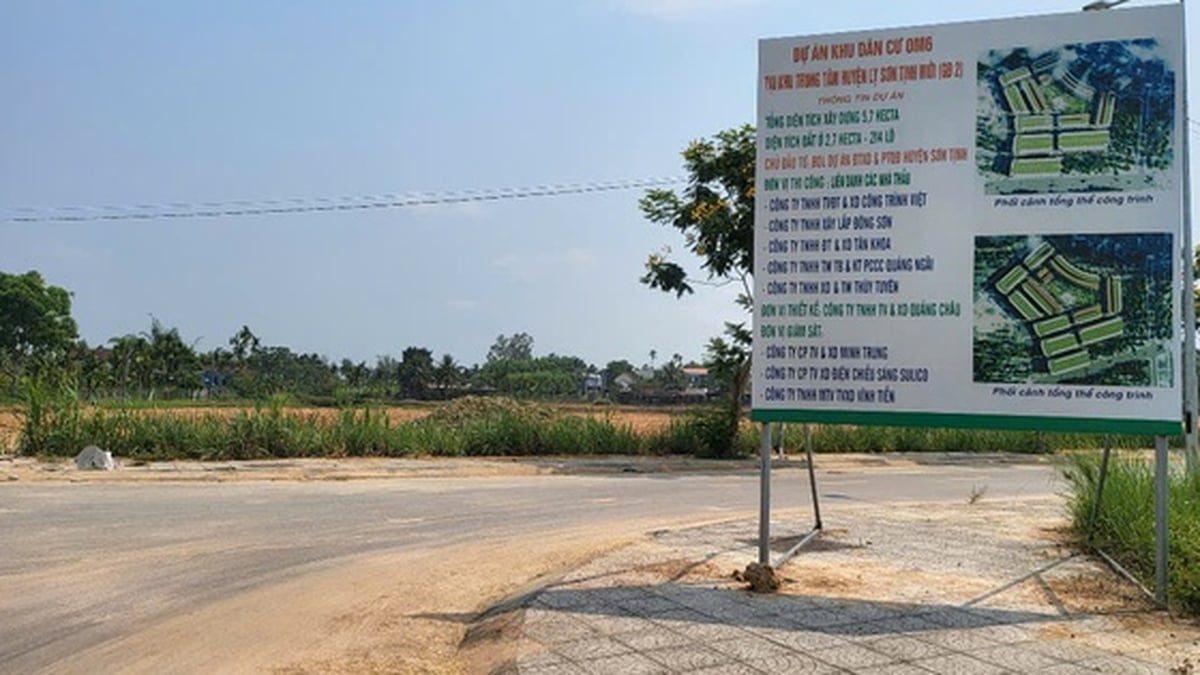

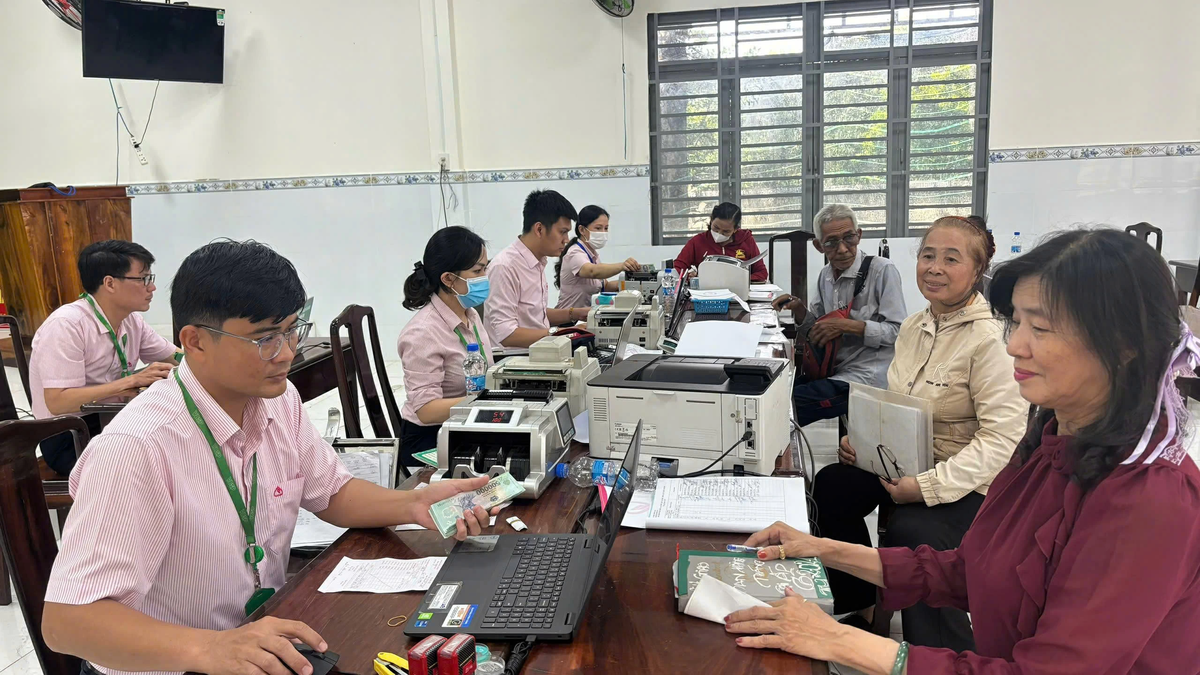




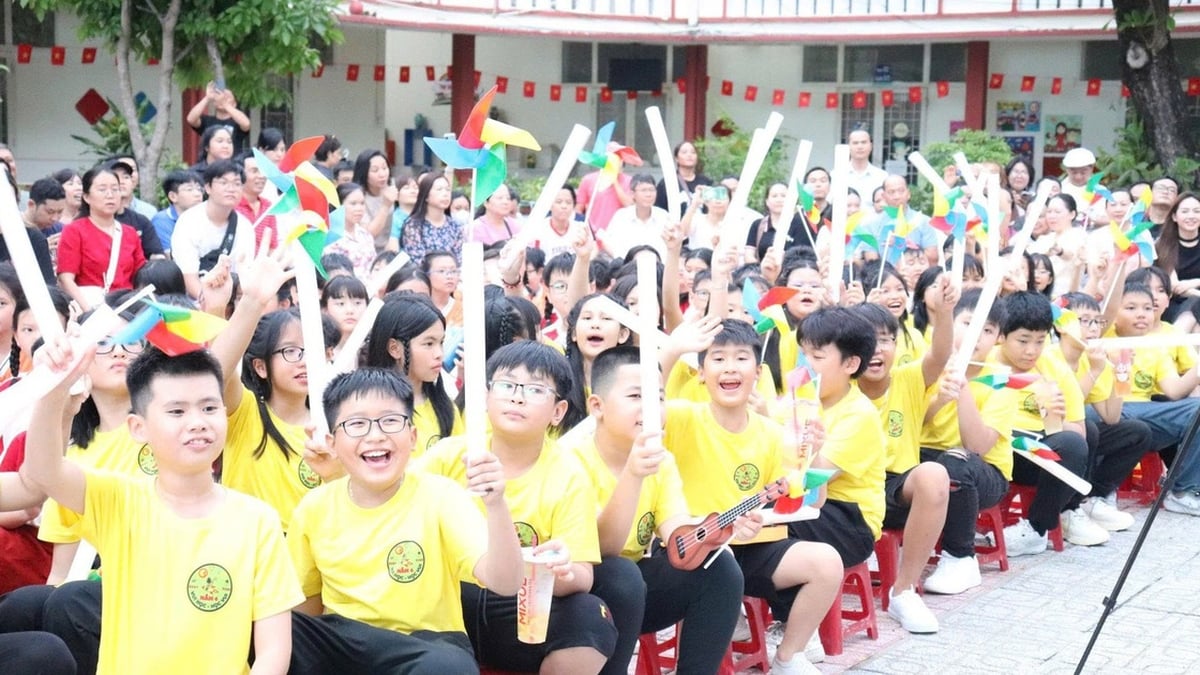


















































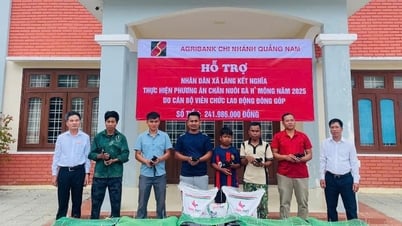








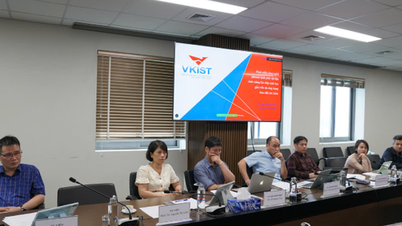






















![[Infographic] In 2025, 47 products will achieve national OCOP](https://vphoto.vietnam.vn/thumb/402x226/vietnam/resource/IMAGE/2025/7/16/5d672398b0744db3ab920e05db8e5b7d)





Comment (0)